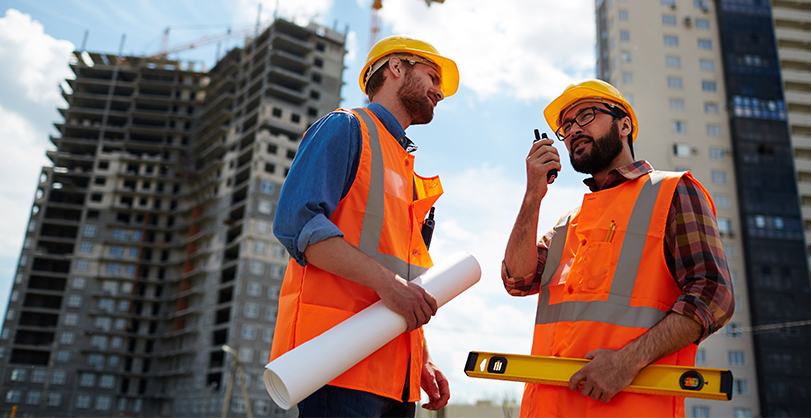Blueprint design serves as the foundational blueprint, pun intended, for any construction endeavor, whether it’s crafting cozy residential retreats or monumental commercial marvels. At its core, blueprint design is the intricate art of translating architectural vision into tangible plans that guide construction teams throughout the entire building process. Understanding blueprint design involves grasping its multifaceted elements, ranging from meticulous scale representations to intricate symbols and annotations. Modern advancements, particularly in CAD technology, have revolutionized blueprint design, offering architects and engineers unprecedented precision and flexibility in their designs. When it comes to residential blueprint design, the focus shifts towards creating spaces that harmonize functionality with aesthetics, catering to the unique needs and preferences of homeowners. Floor plans, elevation drawings, and site plans are meticulously crafted to optimize living spaces while adhering to local building codes and regulations. On the other hand, commercial blueprint design ventures into a realm of complexity, where meticulous attention to detail is paramount to ensure the seamless integration of various systems and functionalities. Collaboration among architects, engineers, and contractors is crucial in commercial blueprint design, as it requires aligning design concepts with structural integrity and operational efficiency. Effective blueprint design isn’t just about drafting lines and shapes; it’s about conveying a comprehensive vision that guides every nail and beam placement. Clarity, accuracy, and detail are the cornerstones of successful blueprint design, ensuring that construction teams can execute plans with precision and confidence. Despite its challenges, mastering the art of blueprint design offers immense rewards, from creating dream homes to shaping skylines. Real-world case studies underscore the transformative power of blueprint design, showcasing projects where meticulous planning translated into architectural masterpieces. Looking ahead, the future of blueprint design is intertwined with technological advancements, promising even greater levels of efficiency, sustainability, and innovation in construction. As construction methods evolve and design trends shift, one thing remains constant: the indispensable role of blueprint design in bringing architectural dreams to life.
